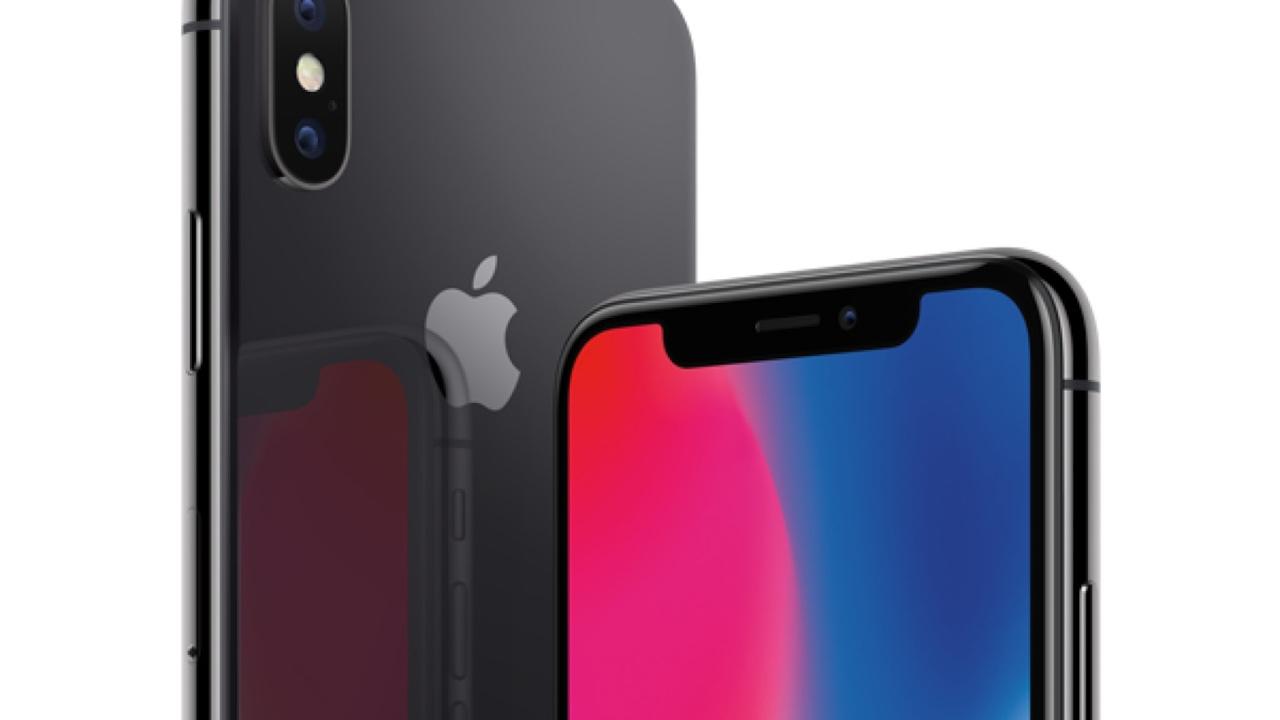The iPhone X, released in 2017, marked a pivotal moment in Apple's history and in the world of smartphones. It was not just a new model; it was a radical redesign that set new standards for the industry. As we look back at the iPhone X and its impact, it becomes clear how it reshaped modern smartphones and influenced the trajectory of mobile technology.
A Bold New Design
When the iPhone X was introduced, it broke away from Apple's traditional design language. It was the first iPhone to feature an OLED Super Retina display, stretching from edge to edge and eliminating the physical home button. This design choice was more than just aesthetic; it represented a significant shift towards maximizing screen real estate. The 5.8-inch display was housed in a compact frame, providing an immersive viewing experience that set a new benchmark for smartphone design.
Removing the home button also paved the way for gestures to become the primary navigation mode. This shift required users to adapt to a new way of interacting with their devices, but it eventually set a standard for future smartphones across various brands.
Introduction of Face ID
One of the most talked-about features of the iPhone X was Face ID. Replacing Touch ID, which used fingerprint recognition, Face ID leveraged advanced facial recognition technology powered by the TrueDepth camera system. This system used a combination of infrared sensors, a dot projector, and a front-facing camera to create a detailed 3D map of the user's face.
Face ID was not just a gimmick but a significant leap in biometric security. It allowed for secure authentication and facilitated a new level of convenience. The technology's introduction had a ripple effect, with many other smartphone manufacturers eventually adopting similar facial recognition systems.
The Rise of OLED Displays
The iPhone X's adoption of OLED technology was another game-changer. OLED (Organic Light Emitting Diode) displays offered superior colour accuracy, higher contrast ratios, and deeper blacks than the traditional LCDs used in previous iPhone models. The vividness and clarity of the OLED screen enhanced the overall user experience, making it a crucial feature in the evolution of smartphone displays.
As a result of the iPhone X's success, OLED screens became a standard feature in high-end smartphones. Other manufacturers quickly followed Apple's lead, incorporating OLED technology into their devices to compete in the market's premium segment.
A New Approach to Camera Technology
The iPhone X also introduced advancements in camera technology that had a lasting impact on smartphone photography. The rear dual-camera system included a 12-megapixel wide-angle and telephoto lens with optical image stabilization. This setup improved low-light performance, better zoom capabilities, and enhanced image quality.
The iPhone X also brought Portrait Lighting to the front-facing camera, allowing users to take high-quality selfies with studio-like lighting effects. This feature was part of a broader trend towards enhancing mobile photography, and it influenced other manufacturers to invest in similar camera technologies.
The Impact on the Smartphone Ecosystem
The iPhone X's innovations didn't just influence Apple's product lineup; they had a broader impact on the entire smartphone industry. Many of the features introduced with the iPhone X became industry standards. The removal of the home button, the introduction of Face ID, and the adoption of OLED displays set new expectations for what premium smartphones should offer.
Moreover, the iPhone X's design pushed other manufacturers to rethink their approach to smartphone aesthetics and functionality. For example, the trend towards edge-to-edge displays became a defining characteristic of modern smartphones. Competitors began to explore new ways to incorporate advanced technologies into their devices, driven by the desire to match or exceed the iPhone X's innovations.
Legacy and Influence
As we reflect on the iPhone X, it's clear that its legacy extends beyond its immediate impact on Apple's product lineup. It catalyzed change in the smartphone industry, setting new design, security, and display technology standards. The features introduced with the iPhone X have become integral to the modern smartphone experience, and many of its innovations continue to influence device design and functionality.
The iPhone X's influence can be seen in subsequent iPhone models, which built upon its foundation. Features like Face ID have become more refined, and OLED displays are now commonplace in many high-end smartphones. The design philosophy of edge-to-edge screens has also become a hallmark of contemporary devices.
Conclusion
The iPhone X was more than just a new addition to Apple's lineup; it was a landmark in the evolution of smartphones. Its groundbreaking design, innovative features, and impact on the industry set it apart as a transformative device. As we move forward, the legacy of the iPhone X continues to shape the future of mobile technology, reminding us of the power of innovation and the ever-evolving nature of the smartphone landscape.

